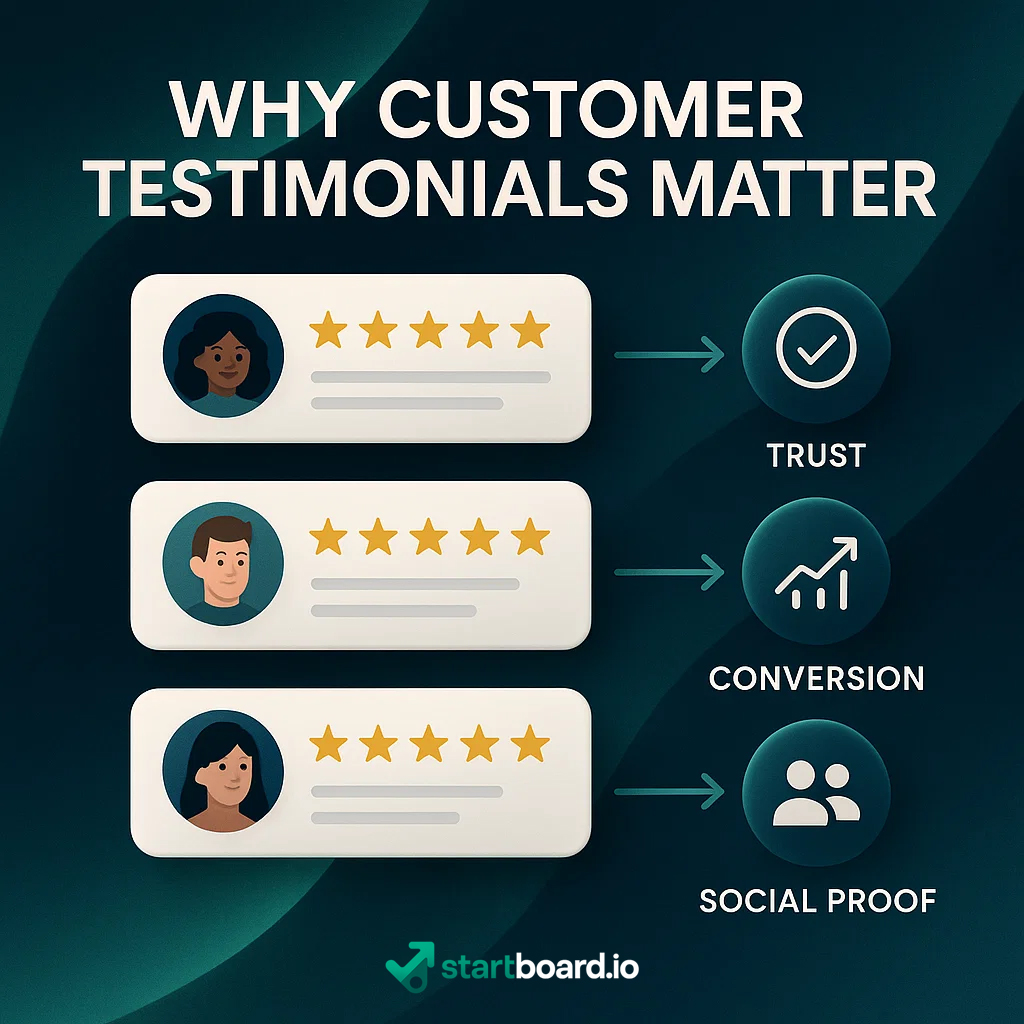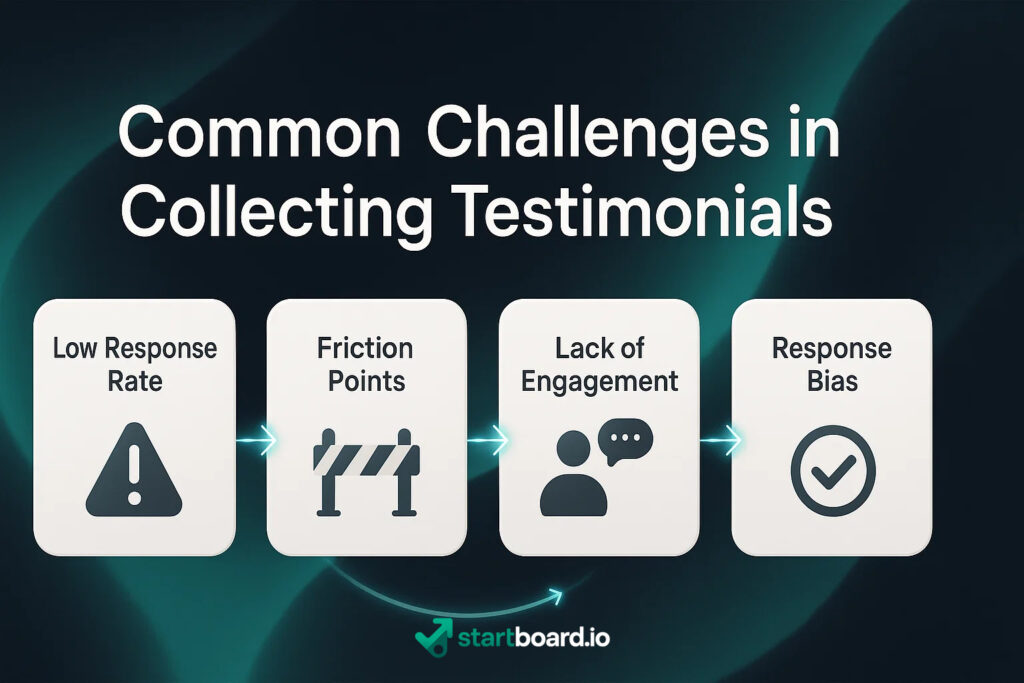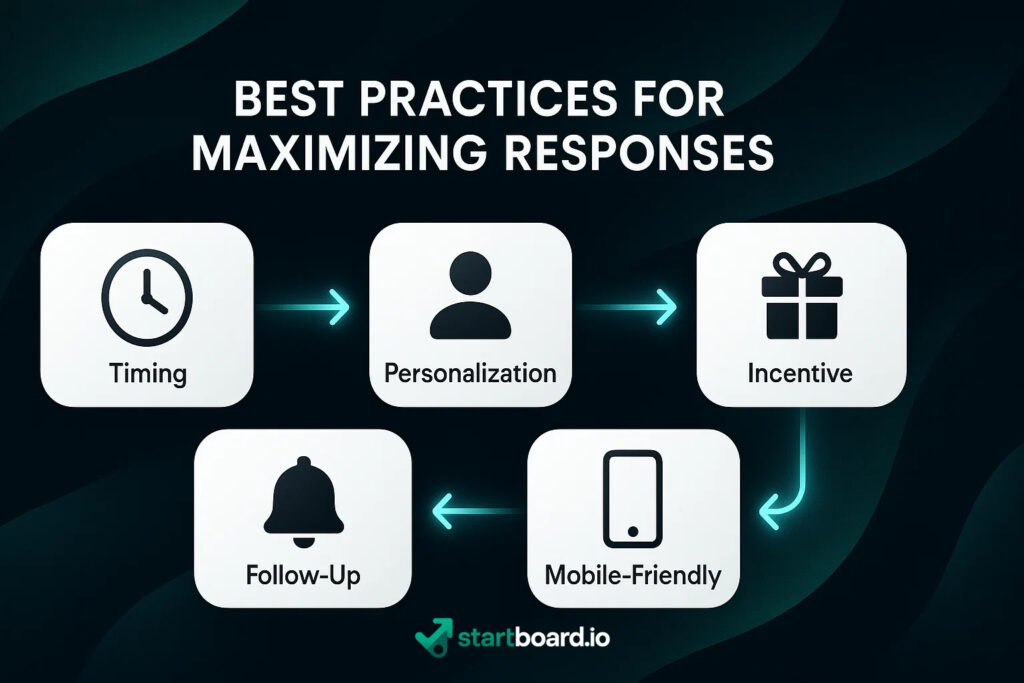Collecting genuine customer testimonials is one of the most powerful ways to build trust and increase conversions—but getting customers to share their feedback isn’t always easy. Many businesses struggle with low response rates, complicated processes, or testimonials that lack impact.
The solution? Simplifying your approach. In this guide, you’ll discover how a single, well-designed form can double your testimonial volume—unlocking more social proof, credibility, and growth for your brand.
Why Customer Testimonials Matter
In today’s crowded digital landscape, customer testimonials have become one of the most persuasive forms of social proof. When prospects see authentic feedback from real users, it acts as a powerful trust signal, validating your claims and minimizing perceived risk.

Studies show that 92% of consumers trust peer recommendations over branded content, making testimonials an essential lever for conversion rate optimization. By showcasing genuine experiences, you not only reinforce your credibility but also nudge indecisive buyers toward action.
Furthermore, a steady stream of high-quality testimonials enhances your brand’s reputation, sets you apart from competitors, and provides compelling content for marketing campaigns. In short, customer testimonials are no longer just “nice to have”—they’re a strategic asset for accelerating growth and building lasting trust.
Common Challenges in Collecting Testimonials
Even brands with highly satisfied customers often face roadblocks when gathering impactful testimonials. The most frequent obstacles include:

1. Low response rates
Many customers simply don’t take the initiative to share feedback, resulting in too few testimonials for robust social proof.
2. Response bias
The customers who do respond often represent only the most extreme experiences—either highly satisfied or dissatisfied—skewing your testimonial pool and undermining authenticity.
3. Friction points in the process
Complicated or time-consuming feedback requests discourage participation. Every extra step, unclear instruction, or technical barrier is a friction point that reduces conversion.
4. Lack of customer engagement
Without timely, personalized requests and follow-up, customers may forget or feel unmotivated to contribute, lowering your overall customer engagement.
5. Time-consuming internal processes
Manual collection, tracking, and publishing of testimonials eat up valuable resources and slow down your feedback loop.
Want solutions?
Read our guide to overcoming customer feedback collection barriers and discover actionable strategies to boost your testimonials.
The Power of Simple Forms
The secret to collecting more high-quality testimonials lies in maximizing user experience (UX) at every step of the process. Complex, multi-step forms act as barriers—they introduce friction, discourage participation, and often result in low response rates or incomplete answers.
In contrast, a streamlined, well-optimized form removes obstacles from your conversion funnel. By asking only essential questions, using clear instructions, and enabling mobile-friendly access, you make it effortless for customers to share their feedback.
Form optimization isn’t just about reducing the number of fields. It’s about designing an intuitive, inviting experience that guides users to completion with minimal effort. The result? Higher participation rates, better-quality testimonials, and a smoother integration into your overall marketing strategy.
Want to build the perfect form?
Read our guide to creating effective feedback forms for actionable tips and templates.
Step-by-Step Guide to Creating an Effective Testimonial Form
Designing a high-performing testimonial form is simple when you follow a structured approach. Here’s how to get it right—every time:

Step 1: Define Your Objective
Decide exactly what you want to achieve with your testimonial form. Are you collecting short quotes, in-depth stories, or video testimonials? This will shape your question strategy and design choices.
Step 2: Select Essential Form Fields
Focus on fields that truly matter: name, company, role, testimonial text, and (optionally) a rating or photo/video upload. Avoid overwhelming users—every extra field is a potential drop-off point.
Step 3: Craft a Clear Call-to-Action (CTA)
Your CTA should motivate customers to share their experience. Use action-oriented language like “Share your story” or “Help others by submitting your feedback.”
Step 4: Optimize for Mobile Responsiveness
With more users filling forms on their phones, it’s critical your testimonial form is fully mobile responsive. Test layouts on multiple devices and ensure fields are easy to tap and complete.
Step 5: Enhance the User Experience
Make your form visually appealing with logical grouping, concise instructions, and progress indicators (if multi-step). Tools like WPForms or supersurvey.com offer drag-and-drop builders with UX best practices built-in.
Step 6: Integrate Seamlessly
Embed your form directly onto your website, landing page, or even within email flows for maximum reach. Platforms like storyprompt.com make it easy to capture video or text testimonials and publish them instantly.
Step 7: Confirm & Follow Up
Always provide a confirmation message or email so users know their testimonial was received. Consider automating a thank-you note or a small incentive to boost submission rates.
Best Practices for Maximizing Responses
To dramatically increase your testimonial form submissions, apply these proven strategies from industry leaders like SurveyMonkey, FormKeep, and the SMTUSA community:

1. Optimize your timing
Send requests shortly after a positive customer experience or completed purchase, when satisfaction is highest. Well-timed outreach significantly boosts your overall engagement rate.
2. Personalize every touchpoint
Tailor your message to the recipient—use their name, reference specific interactions, and explain how their feedback helps others. This level of personalization makes users feel valued and more likely to respond.
3. Offer meaningful incentives
Introduce transparent, appealing incentive structures—such as discount codes, exclusive access, or entry into a giveaway—to motivate participation, especially if testimonials require more effort (like video or detailed reviews).
4. Keep your form short and mobile-friendly
Streamlined, responsive forms reduce abandonment. Test on multiple devices to ensure a smooth experience for every user.
5. Follow up (without spamming)
A gentle reminder to non-responders, sent 3–7 days after the initial request, can recover a significant portion of missed submissions without annoying your audience.
Want to go further?
Read our blog post on increasing customer engagement for even more advanced tactics.
Showcasing and Utilizing Collected Testimonials
Gathering high-quality testimonials is just the beginning—the real impact comes from how you showcase them across your marketing channels. Testimonial placement is strategic: display the most persuasive feedback on your homepage, product pages, and at key moments in your conversion funnel to provide instant trust signals for new visitors.
Don’t stop at your website. Integrate testimonials into your email campaigns, landing pages, and paid ads to boost content marketing performance and social proof. Repurposing this user-generated content (UGC) on your social media platforms further amplifies credibility, encouraging prospects to trust your brand and convert.
For maximum effect, use a visually engaging gallery or carousel format that highlights variety—different voices, formats (text, video), and use cases. This not only humanizes your brand but also demonstrates broad, authentic satisfaction.



